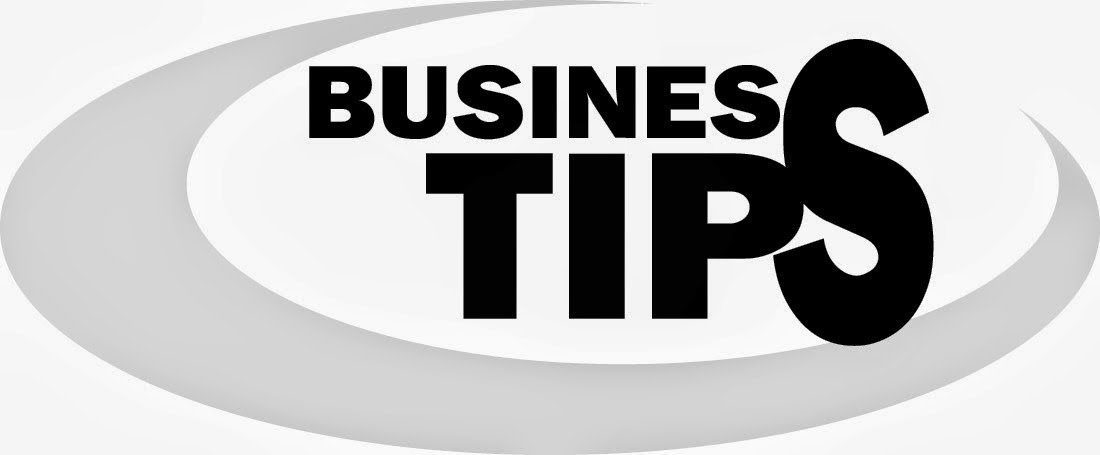A Message from
Antoinette Christovale, Director of Finance/City Treasurer
On behalf of the City
of Los Angeles I would like to express our sincere appreciation to all of you
who file your business tax renewal on time. Your business tax funds a wide
range of essential City services such as public safety, libraries, and recreation
and parks. The following are significant highlights, changes or tax reforms for
the 2015 Business Tax Renewal.
1.Business Tax
Renewal Form – This
mailer is your official Business Tax Renewal Form. If you need any supplemental
forms or instructions they can be printed from our website. In addition, forms
or instruction booklets are also available at any of our Branch Offices listed
on the front page of this mailer.
2.Expanded
E-Filing Services –
Our E-Filing services are now available in English and Spanish to assist more
businesses conveniently and easily file their annual Business Tax renewals
online. Over seventy percent of businesses that filed Business Tax renewals in
2014 used our E-Filing services. We encourage you to E-File as early as
possible to avoid the last minute rush of businesses renewing online.
3.RENEW ONLINE – SAVE TIME, EFFORT AND POSTAGE!
Our E-Filing System
speeds and simplifies the filing of your renewal. To access E-Filing, you can
use either your account number, your Social Security Number, or your Federal
Employer Identification Number. Visit finance.lacity.org, enter a few details and the system
automatically calculates your Business Tax liability. If you qualify for an
exemption or otherwise owe nothing, submit the form online and you are done! If
a tax liability is due you can pay online via e-check, credit card (a service
fee will apply), or by ACH (required if your tax liability is $50,000 or more).
4.New Business
Exemption Changes – LAMC
Sec. 21.30 now provides an enhanced three year Business Tax exemption for a new
business that started in the City of Los Angeles or a business that relocated
from outside the City on or after January 1, 2010 through December 31, 2015. To
qualify, a taxpayer could not have been engaged in business at a fixed location
in the City in the immediately preceding tax year. A new business must timely
register for a Business Registration Tax Certificate to qualify for this
exemption.
5.Other Business
Tax Exemptions –
Small businesses with total (both inside and outside of Los Angeles) gross
receipts that do not exceed $100,000 and creative artists with total gross
receipts that do not exceed $300,000 may also be exempt from tax liabilities.
To qualify for these exemptions, you must file your renewal timely by March 2,
even if no tax is due. Please check our website for further details regarding
eligibility requirements for the Small Business and Creative Artist exemptions.
6.Small Business
Tax Assistance Program –
Businesses that qualify for the Small Business Exemption are also eligible to
receive assistance in completing their tax renewal forms by calling (818)
374-6875. This program is available from January 2 through February 12, 2015.
7.Paperless
Statement Program –
In 2013 the Office of Finance started a Paperless Statement Program. This
program provides an opportunity to help the environment, reduce costs, and
provide easy on-line access to your account notifications. To take advantage of
this new program, please visit our website at finance.lacity.org and
click on Enroll in the Paperless Statement Program.
8.Future
Customer Service Enhancements – A key priority of the Office of Finance is the delivery of excellent
customer service and the continual effort to better serve the department’s
stakeholders. Please check our website periodically to learn of new or enhanced
services offered to assist businesses.
9.Customer
Service Survey – Your
feedback is important to us. Please visit our website and rate our services by
taking our new Customer Service Survey.

















